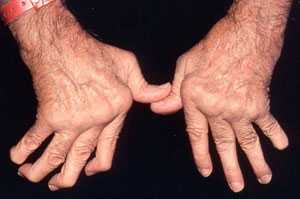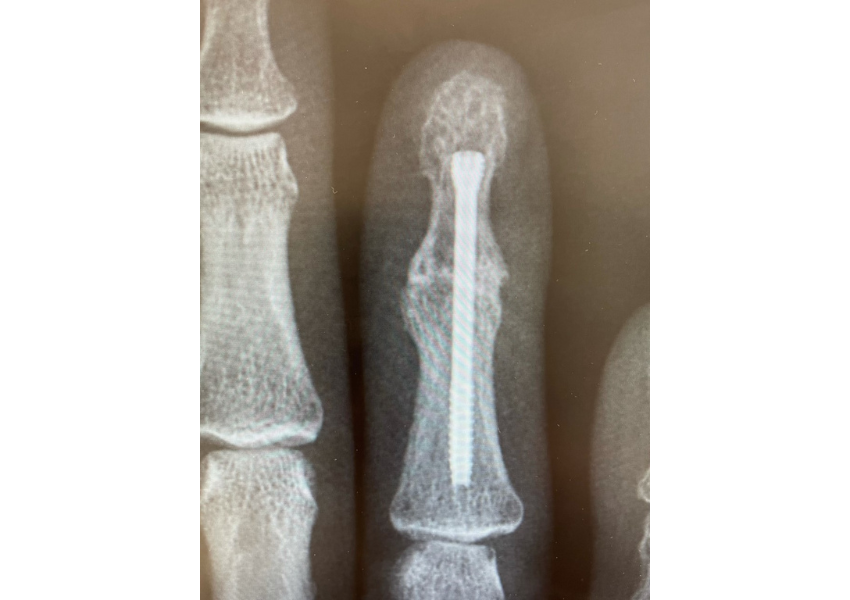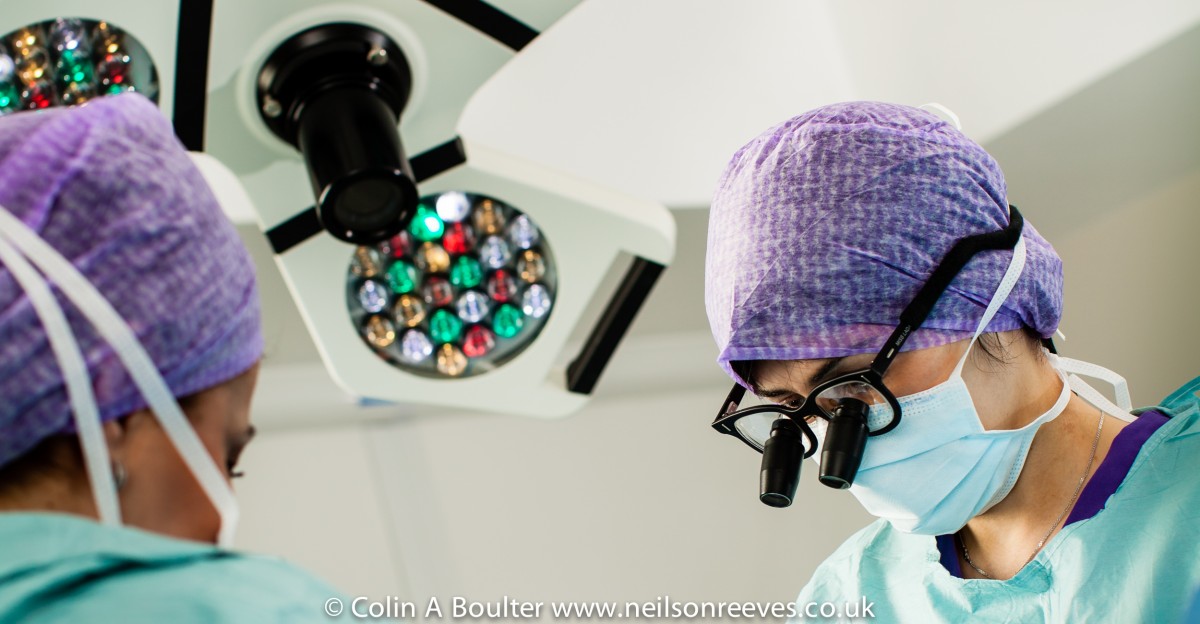
Finger Arthritis Treatment
Book AppointmentFinger arthritis develops when the cartilage between the two moving bones has been damaged. When the cartilage between the two bones is destroyed, the two bones rub against each other and cause pain. There are two types of arthritis;
- Osteoarthritis is caused by simple wear and tear
- Rheumatoid arthritis is an inflammatory condition where one’s own body attacks the lining of the joint and destroys the cartilage.
Causes of Finger Arthritis
Finger arthritis is often due to wear and tear but can also be hereditary, caused by previous trauma to the articular cartilage or the ligaments of the affected joint or as a result of joint infection.
Symptoms
- Pain, swelling and deformity of the joint
- Reduced range of movement
- Morning stiffness
Diagnosis
The diagnosis can be made from a detailed clinical history and clinical examination. The main clinical findings include joint deformity, swelling and reduced movement associated with pain.
Investigations
X-rays usually confirm the diagnosis. The loss of joint space (previously occupied by the articular cartilage), extra bone formation at the edges of the joint (osteophyte), cysts in the bone and hardening of the ends of the bone with increased white appearance (sclerosis) are some of the features indicating finger arthritis on the plain x-rays.

Finger Arthritis Treatments Available
Regular hand exercises are very important to flex your hands and fingers, think of it as a sort of warm-up at the start of the day. By the same token, you will also need to rest those painful joints when the symptoms are flaring up.
So, what kind of exercises can you do? Check out our blog post that details a wide range of different stretches you can do to alleviate your symptoms. Work them into your morning routine and we’re sure you’ll begin to reap the rewards.
Non-operative treatment
- Analgesia and symptomatic relief
- Hand therapy to improve hand movement and strength
- Splint for severe pain

Corticosteroid injections into the joint under x-ray control. This is carried out in a clean environment in a minor procedure unit. Up to 70% of patients notice an improvement in their symptoms after an injection and hand therapy. Risks of steroid injections include infection, fat necrosis leading to thinning of the skin and skin depigmentation (both are permanent changes), poor diabetic control for up to 2 weeks and failure to resolve symptoms up to 30%.
MCP joint replacement is very similar to the PIPJ replacement but the implant is usually different.
PIP joint replacement is carried out under local or general anaesthetic. An incision is made on the back of the finger. The tendons are moved to one side to expose the bones. The ends of the bone are removed and a tunnel is created inside of each bone, to accommodate the implant. After insertion of the implant and assessing the joint stability, the wound is closed. A plaster is then applied for a few days to support the operated finger. Within two to three days, the patient will be seen by a Hand Therapist, and the rehabilitation program will commence.
Aftercare and Follow Up
The hand should be kept dry and clean until the stitches are removed. 2-3 days after surgery dressing is reduced by the hand therapist and a guided rehabilitation will commence at this point. The sutures are removed in the clinic 2 weeks after surgery. A return to the normal function is expected at 6-8 weeks.
Driving
You should allow a period of approximately 6-8 weeks before driving and slightly longer if the procedure has been carried out on the left-hand side as changing the gear and using the hand break may be difficult to perform. You will need to be collected from hospital after the operation.
Time off work
Your return to work will depend on your job. Light manual workers can return to duty in 4-6 weeks. Heavy manual workers should not exert maximal grip for 8-10 weeks.
Scar desensitisation exercises
- Circular motion massages to the scar, from the palm moving towards the wrist using a simple moisturising cream. This must be carried out for 10 minutes, at least 3 times a day.
- Rubbing the scar on different textured materials to improve skin sensitivity.
- Submerging the hand under cold and warm water to improve the temperature sensitivity.

Risk of surgery
- Infection
- Injury to superficial nerves, blood vessels and tendons
- Scar sensitivity (Scar desensitisation exercises after removal of stitches help to improve scar sensitivity however this can last up to 6 months after surgery)
- Joint dislocation (<5%)
- Failure to resolve all symptoms (pain and stiffness)
- Further surgery (in the event of complications)
- Reduced grip strength
- Reduced range of motion
- CRPS (chronic pain syndrome: A small percentage of patients will develop a severe reaction after hand surgery, with lifelong permanent pain and stiffness which requires extensive physiotherapy and pain medication)
